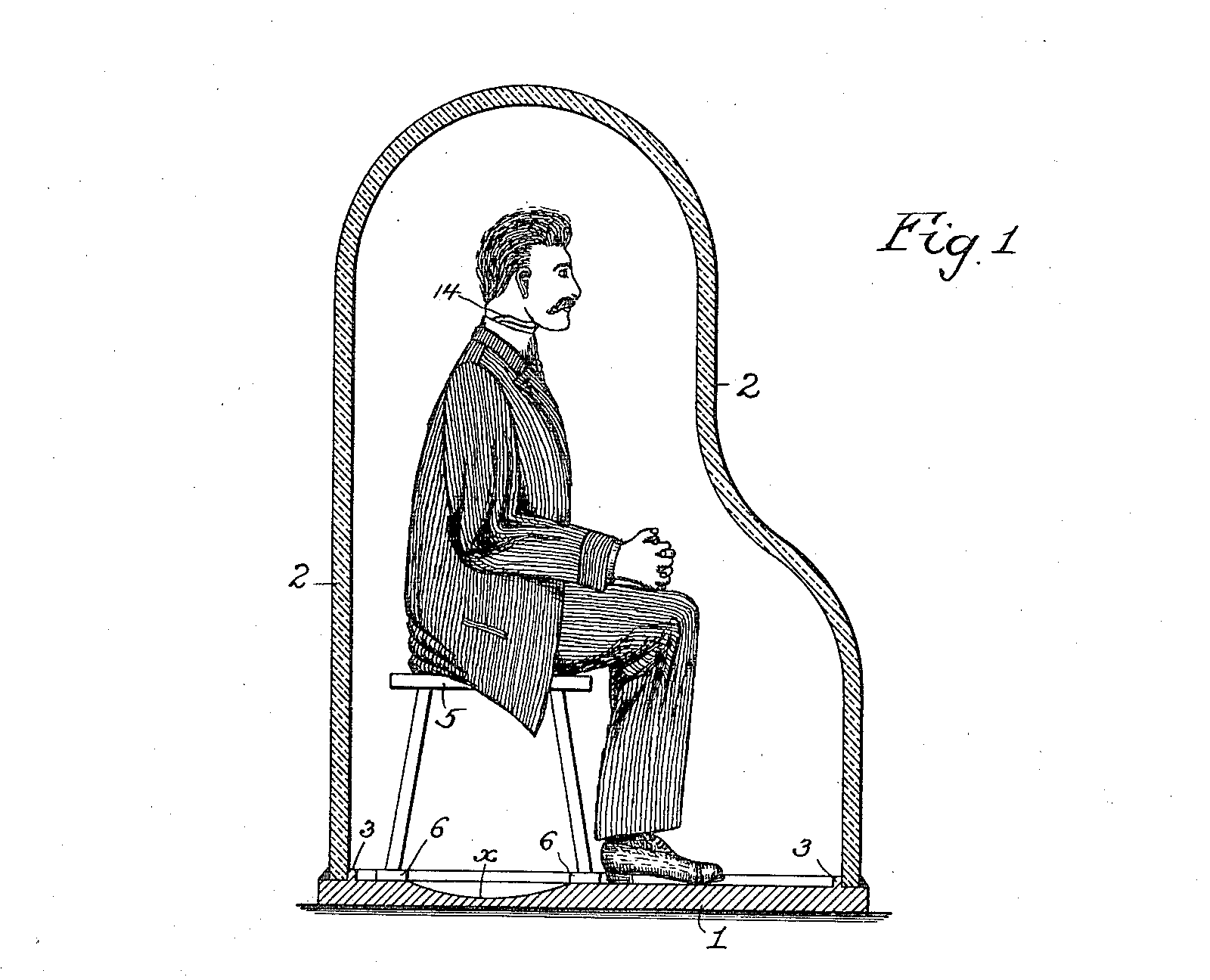Charles N. Shaffer, Jr., did just about everything right in representing John W. Dean III, the onetime White House counsel whose riveting testimony before a Senate committee in 1973 directly implicated President Richard M. Nixon in the Watergate break-in and coverup, leading to Nixon’s resignation the following year. But Shaffer, who died at age 82 at his home in
Don Adams, whose career as an FBI agent spanned 22 years, never really bought the official line of his own employer: that Lee Harvey Oswald, acting alone, assassinated President John F. Kennedy. Adams, who died on June 14 at age 83 in Akron, Ohio, eventually wrote From an Office Building with a High-Powered Rifle (Trine Day, 2012), in which he
John R. Tunheim, the federal judge in Minnesota who served from 1994 to 1998 as the chairman of the Assassination Records Review Board (ARRB), says in a television program to be aired this month that while the Warren Commission “did a thorough job,” the investigation of President John F. Kennedy’s assassination in 1963 was “somewhat primitive” and riddled with
On May 11, praising “his leadership skills and strategic vision,” Vice President Al Gore named Tony Coelho general chairman of Gore 2000, his presidential campaign organization. “Tony has been a great leader in every endeavor he has undertaken — government, business, and as an advocate for the disabled,” Gore said in the news release announcing the appointment. The release
The Adams Chronicles. President John Quincy Adams cashed in his accumulated investment of $9,000 in government bonds to bankroll his brother-in-law’s new business, a gristmill on Rock Creek. President Adams lost his shirt in the venture. Crime Didn’t Pay Then, Either. In the earliest days of Rock Creek Park, many of its roads and bridges were built by chain
Last year, the federal government issued more than 50,000 patents, granting inventors the right, for 17 years, to exclude all others from making, using, or selling their inventions within the United States. But — as many inventors have found out after an average two-year wait and about $1,200 in legal and other fees — patents may be worth no more than
Swill-0′-the-Wisp. Louis T. Pyott’s “Improved Combined Wisp and Flask,” patented in 1871, had a half-pint capacity, but heavy drinkers might have chosen his “fifth” model. The flask never was marketed widely, but Pyott probably cleaned up with his invention. I Couldn’t Put It Down. Wesley H. Stroup received a patent in 1875 for an improvement in flasks (see above) ideal for the
ISAAC MENDELOVICH KNOWS WELL THE ROAD from center city to Crystal City — a three-hour trek southward to a place just outside of Washington where modern-day prospectors, squinting at computer terminals, spend their days digging for the mother lode. But in Crystal City, where block-long, seven-foot-high stacks of documents chronicle past finds and near misses, there is an ironic









